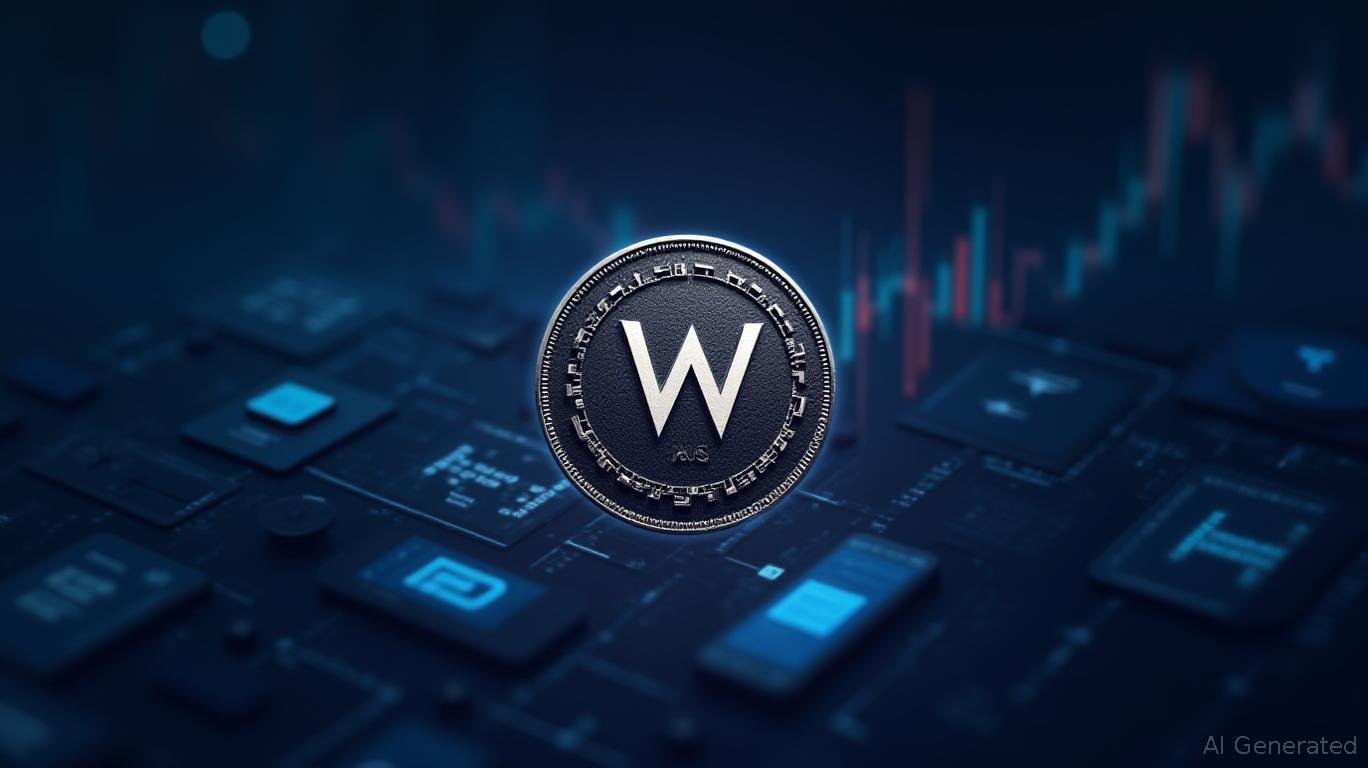WEMIX Enhances Protection through CertiK Partnership as Stablecoin Ambitions Face Regulatory Challenges
WEMIX, a pioneering blockchain initiative from Korea, is forging ahead in the Web3 arena, demonstrating adaptability through new alliances and technological advancements despite facing regulatory scrutiny and market challenges. The project, which has encountered both delistings and security incidents, is strengthening its compliance and reliability—especially for its KRW-backed stablecoin efforts—by partnering with cybersecurity leader CertiK, as detailed in a
The collaboration between WEMIX and CertiK, revealed during Korean Blockchain Week, highlights a commitment to robust security standards and regulatory compliance. CertiK has applied its formal verification tools to audit more than 120 components of the WEMIX ecosystem, reinforcing the platform’s security. This partnership also includes Wemade’s STABLE ONE initiative—a KRW-linked stablecoin built for seamless integration with Korea’s financial infrastructure. This development comes as the Bank of Korea (BOK) raises concerns about stablecoin depegging risks and stresses the importance of institutional credibility in stablecoin issuance. The BOK’s analysis, referencing past currency failures and the Terra/Luna debacle, contends that private stablecoins lack the necessary protections for financial stability.

In spite of these obstacles, WEMIX has remained optimistic, implementing significant token buybacks to support its market value. During the second quarter of 2025, the WEMIX Foundation allocated $7.7 million to repurchase 10 million tokens, aiming to decrease circulation and stabilize prices, as reported in a
Ethereum’s recent rally to $4,099 on October 26 mirrors a broader sense of optimism in the crypto sector, partly driven by expectations surrounding U.S.-Korea trade discussions, as noted in an
The BOK’s prudent approach to stablecoins stands in contrast to the rapid progress of private ventures like WEMIX and BDACS’s KRW1 stablecoin, which operates on the